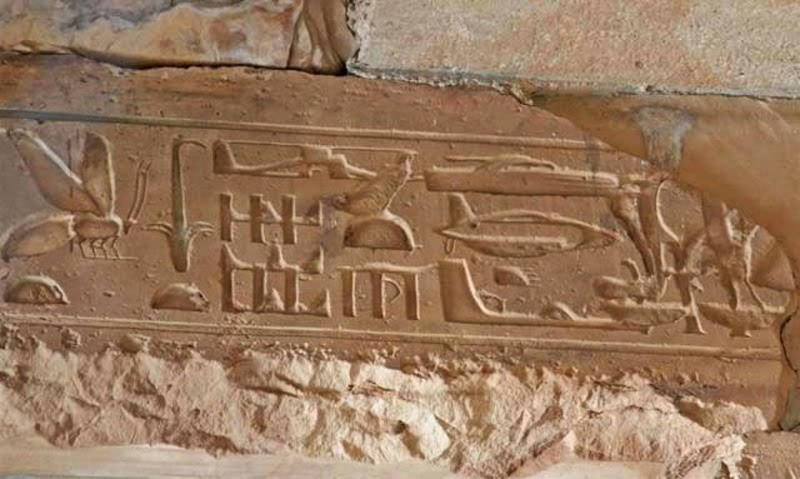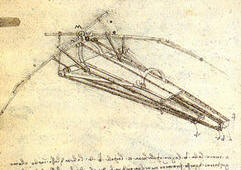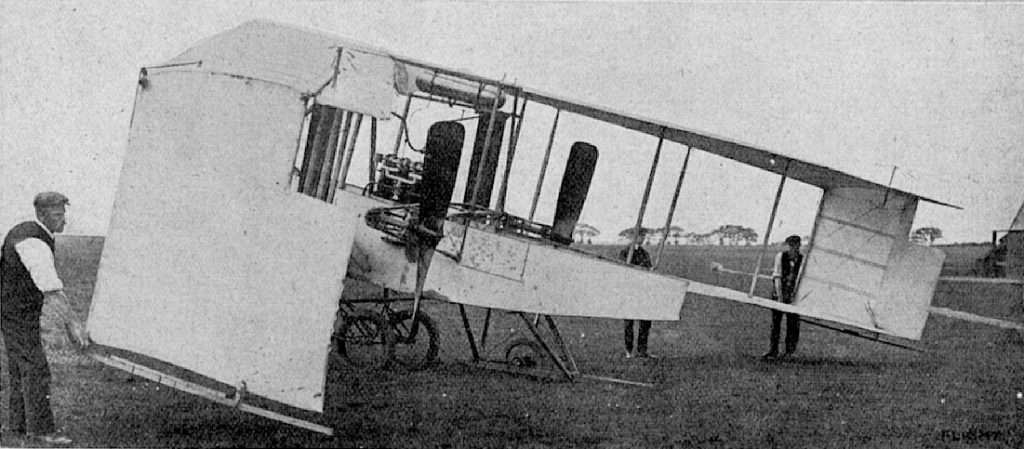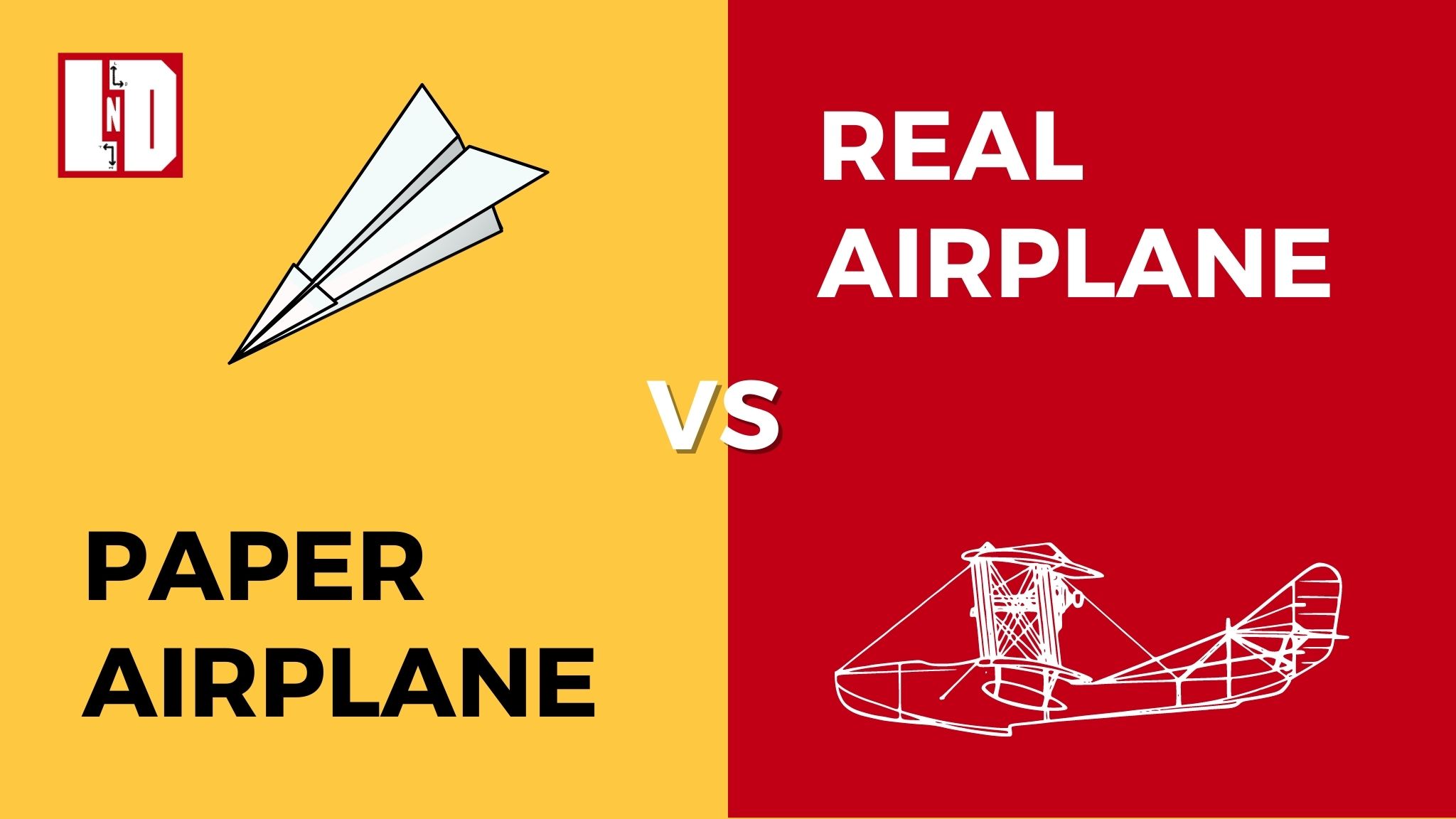Some say Real airplanes came before paper airplanes. In practice paper planes are easy to make and airplanes are not. So it is easy to say paper airplanes came first. But, The Wright brothers’ first successful flight of a powered airplane took place in 1903, while the origins of paper airplanes as a pastime are not well documented and likely date back to much later. In this article let’s understand who came to the picture first? It’s Paper airplane vs Real airplane – come on dive in!
Real Airplanes vs Paper airplanes
Real airplanes and paper airplanes are two very different things, as they are designed for different purposes and operate under different physical principles. Real airplanes are complex machines that are designed and built to fly through the air with a pilot on board. They are powered by engines or jets and are able to fly at high speeds and altitudes. They are built to withstand the forces of flight, including wind, turbulence, and G-force. They have sophisticated control systems and navigation equipment and are used for transportation, military, and other purposes. On the other hand, paper airplanes are simple toys that are made from a single sheet of paper. They are not powered and rely on the principles of aerodynamics to fly through the air. They are not built to withstand the forces of flight and are not able to fly at high speeds or altitudes. They are generally considered a pastime, used for entertainment and experimentation. Real airplanes are highly complex and advanced machines, while paper airplanes are a simple and fun way to explore the principles of flight.
Ancient times of Paper plane:
It is possible that paper airplanes, or similar simple paper models, have been around for centuries in various cultures. However, there is no definitive evidence that paper airplanes were used in ancient China specifically. According to Chinese history, paper was invented by Cai Lun in 105 AD, and paper was used for various purposes such as writing, printing, and folding. It’s possible that children or inventors might have folded paper into various shapes as a pastime but there is no concrete evidence that paper airplanes were a common activity or well-known object in ancient China.

Leonardo DaVinci’s paper airplane experiment
There is no documentation of Leonardo da Vinci conducting any specific experiments with paper airplanes. However, it is known that he was fascinated by the concept of flight and made detailed studies and drawings of birds and flying machines. It’s possible that he may have made small, simple paper models to test out his ideas, but there is no definitive evidence to support this. The paper airplane’s design can be adjusted to change the way it glides. For example, adding weight to the nose will make the plane fly straighter while adding weight to the tail will make it fly in a loop.

Wright brothers made any paper planes?
It’s unlikely that the Wright brothers made any paper airplanes, as they were primarily focused on designing and building the first successful powered airplane. The Wright brothers were engineers and inventors, and their primary goal was to create the machine that could fly with a pilot on board. They conducted extensive research and development, including building and testing various wing designs and propulsion systems, and made hundreds of glider flights in order to understand the principles of flight before building a powered airplane. While they may have experimented with small models, there is no evidence that they made paper airplanes.

How paper airplanes are gliding in the air?
Paper airplanes are able to glide through the air because of the principles of aerodynamics. When a paper airplane is thrown, the air flowing over the wings creates a difference in air pressure, with the air pressure on the top of the wing being lower than the air pressure on the bottom of the wing. This difference in air pressure generates lift, which opposes the weight of the paper airplane and allows it to stay in the air.
As the paper airplane glides, the air flows over the wings and the tail, providing stability and direction. The angle of the wings, tail, and fuselage in relation to the airflow is known as the airplane’s attitude and it plays a crucial role in determining the flight path. Again, by saying who came first – the debate of paper airplane vs real airplane came to a conclusion.

